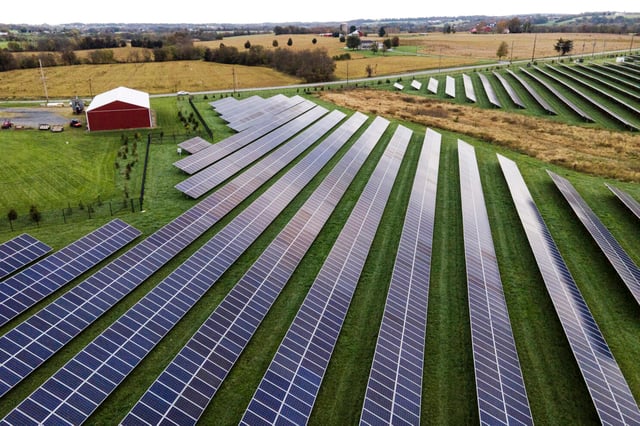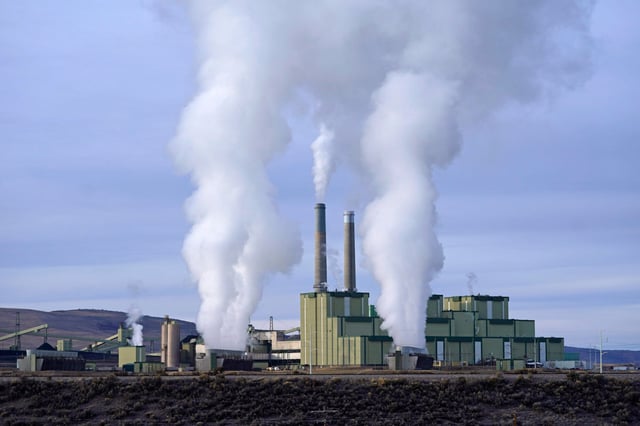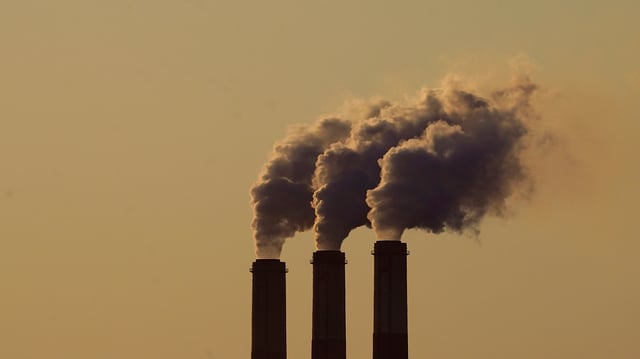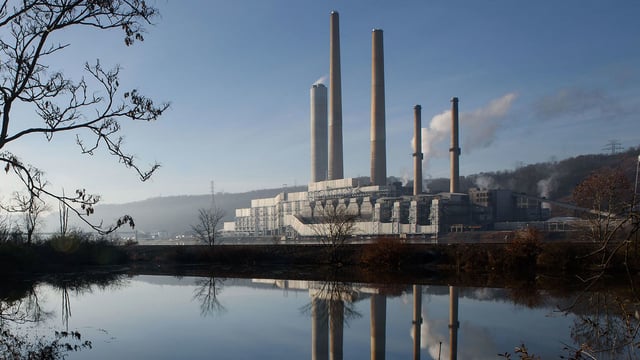Overview
- U.S. greenhouse gas emissions fell 1.9 percent in 2023, but the rate of decline is not fast enough to meet President Biden's goal of reducing emissions by 50 percent from 2005 levels by 2030.
- Carbon emissions from U.S. power plants dropped roughly 8 percent in 2023 due to the closure of more than a dozen large coal-burning power plants.
- Transportation sector emissions rose by 1.6 percent in 2023 due to increased gasoline and jet fuel consumption.
- Industrial sector emissions increased by approximately 1.2 percent in 2023, largely due to methane leaks from drilling operations.
- Despite the decline in U.S. emissions, global carbon dioxide emissions reached record levels in 2023, driven by increased fossil fuel use in China, India, and other rapidly developing countries.



